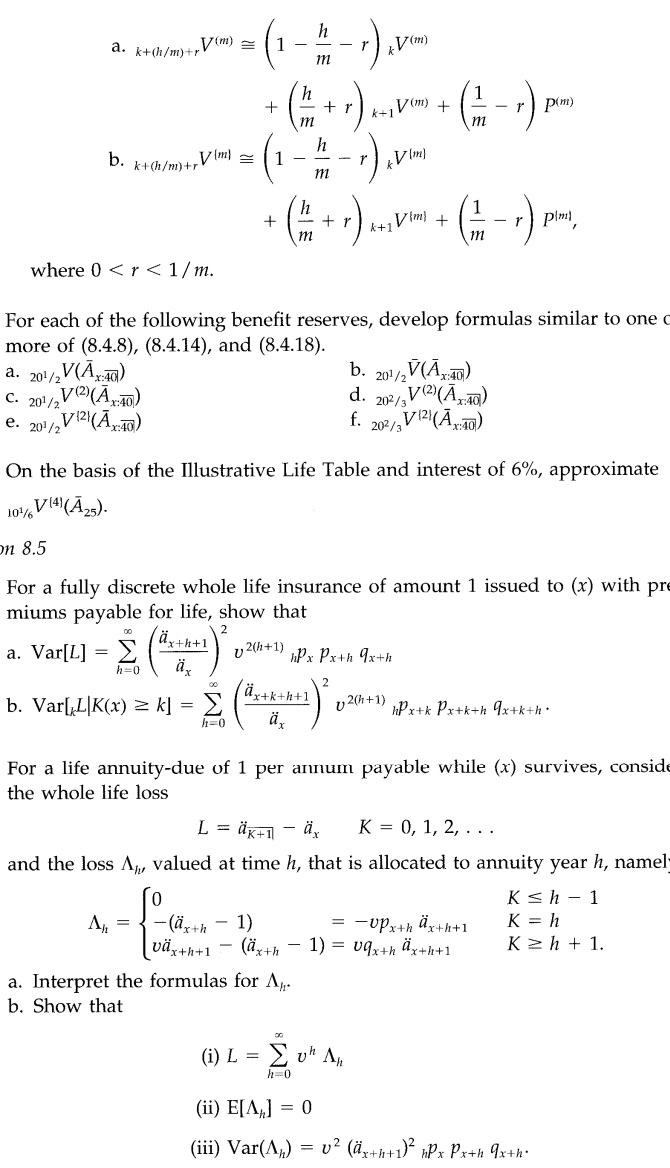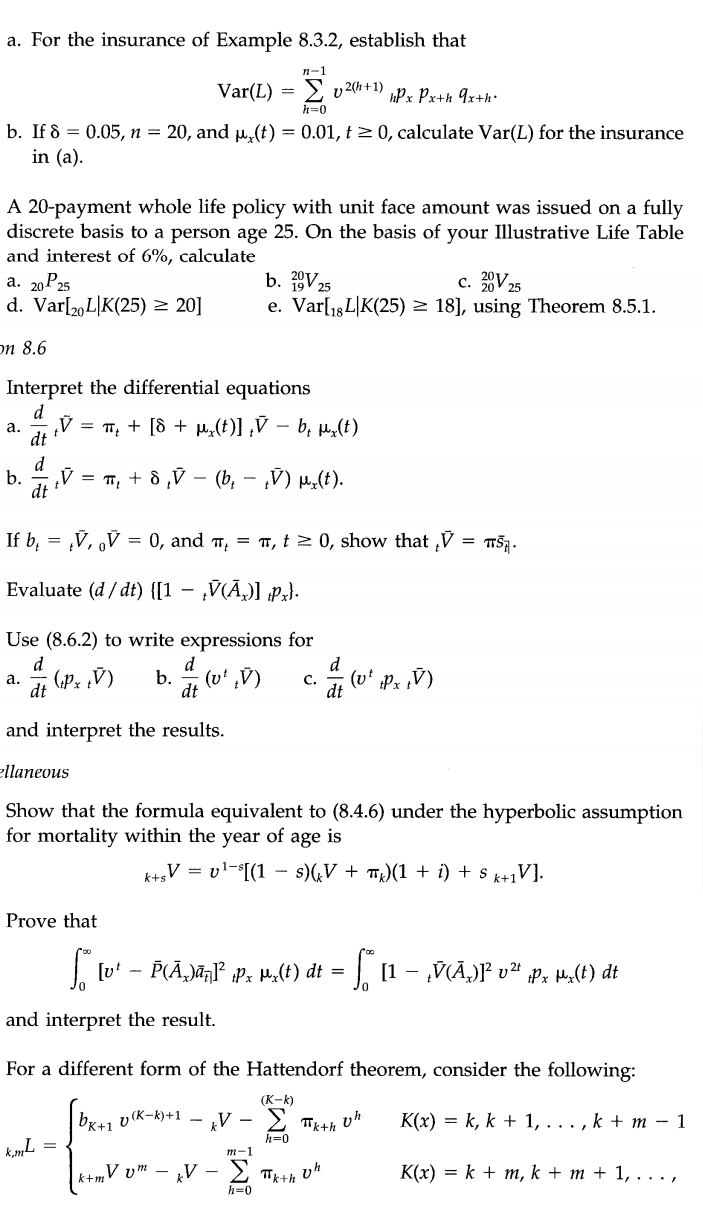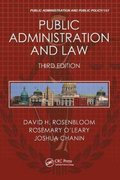Question
Answer all the questions below. Which of the following would constitute a supply-side economic policy for reducing unemployment? A increasing social security benefits B increasing
Answer all the questions below.
Which of the following would constitute a supply-side economic policy for reducing
unemployment?
A increasing social security benefits
B increasing the money supply
C reducing corporate and personal taxation
D increasing government expenditure aimed at exploiting the multiplier effect
19.2 Which of the following is NOT a supply-side economic policy aimed at promoting economic
growth?
A cuts in social security benefits designed to encourage more workers to take work
B measures designed to reduce trade union powers
C deregulation
D tariffs designed to increase the production of domestic goods
Explain why market-orientated supply-side policies may be superior to interventionist supply-side
policies and describe three possible market-orientated supply-side policies.


Step by Step Solution
There are 3 Steps involved in it
Step: 1

Get Instant Access to Expert-Tailored Solutions
See step-by-step solutions with expert insights and AI powered tools for academic success
Step: 2

Step: 3

Ace Your Homework with AI
Get the answers you need in no time with our AI-driven, step-by-step assistance
Get Started


